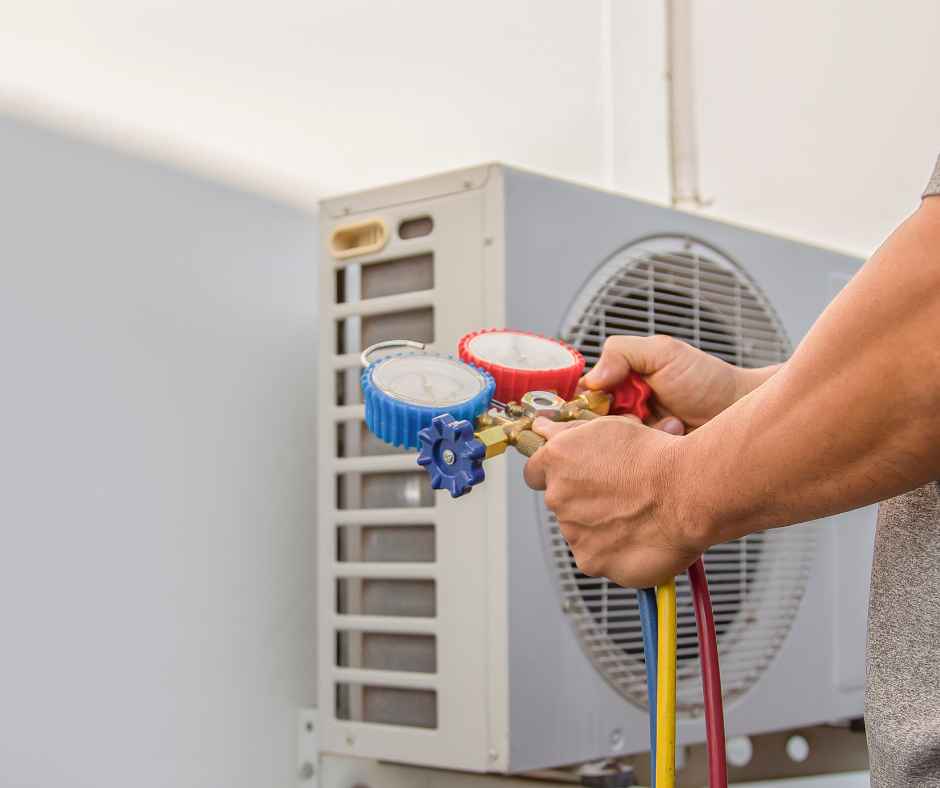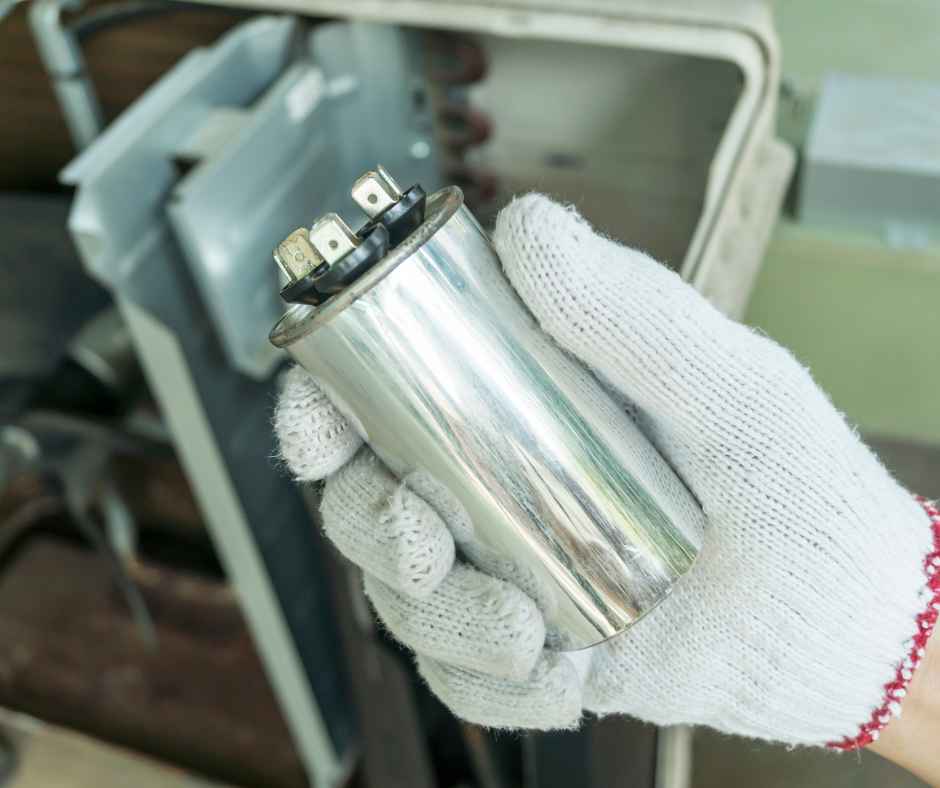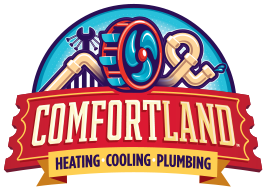
The HVAC industry is transitioning toward more environmentally friendly refrigerants, and one of the most notable shifts is the phaseout of R-410A refrigerant. For homeowners and businesses alike, this means preparing for changes in HVAC maintenance and considering alternatives like R-454B and R-32 refrigerants. In this blog, we’ll explain why R-410A is being phased out, what replacement refrigerants bring to the table, and how Comfort Land can help you plan an HVAC upgrade.
What is R-410A Refrigerant?
R-410A refrigerant has been a staple in residential and commercial HVAC systems for nearly two decades. Originally introduced to replace R-22, R-410A was praised for its improved energy efficiency and its ozone-safe properties. Its high cooling capacity and stability made it an ideal choice for air conditioners and heat pumps, and R-410A quickly became the standard for new HVAC installations.
However, despite its ozone-friendly design, R-410A has a relatively high global warming potential (GWP), meaning it still contributes to greenhouse gas emissions. This has led environmental agencies worldwide to phase it out in favor of refrigerants that have a lower environmental impact.
Why is R-410A Being Phased Out?
The R-410A refrigerant phaseout is part of a global effort to reduce greenhouse gas emissions and combat climate change. International agreements, such as the Kigali Amendment to the Montreal Protocol, aim to limit the production and use of hydrofluorocarbons (HFCs) with high GWPs, which include R-410A. By reducing reliance on HFCs, countries around the world are working toward a more sustainable future.
In the United States, the Environmental Protection Agency (EPA) has outlined plans to restrict high-GWP refrigerants under its Significant New Alternatives Policy (SNAP). This means that starting in 2024, R-410A production and importation will be limited, and manufacturers will be encouraged to adopt lower-GWP alternatives for new HVAC systems. As a result, homeowners with R-410A systems may face higher costs for refrigerant and repairs over time.
How Will the Phaseout Impact Homeowners?
If your HVAC system currently uses R-410A, you might wonder what this change will mean for your system. Here’s a look at some of the factors you’ll need to consider:
- Rising Maintenance Costs: While R-410A will remain available for existing systems, its limited supply could lead to higher prices. As production decreases, the cost of repairs or refrigerant replacements may increase, making it more expensive to maintain R-410A systems in the future.
- HVAC Upgrade Considerations: If your system is aging or frequently needs repairs, now may be an ideal time to explore an HVAC upgrade. Modern systems using alternative refrigerants like R-454B or R-32 can offer improved efficiency and environmental benefits, helping you stay ahead of the phaseout and reduce your energy bills.
- Home Value and Market Appeal: Many potential homebuyers value energy-efficient systems and eco-friendly updates. Upgrading to a system with a low-GWP refrigerant can boost your property’s value by showing a commitment to sustainability.
What Are the Alternatives to R-410A?
With R-410A on its way out, HVAC manufacturers are focusing on refrigerants that provide efficient cooling without a high environmental impact. Two popular alternatives are R-454B and R-32 refrigerants, each of which offers unique benefits:
R-454B Refrigerant
R-454B refrigerant is a leading choice for replacing R-410A in new HVAC systems. Designed for compatibility and efficiency, R-454B offers a smaller environmental footprint.
- Lower Global Warming Potential: R-454B has a GWP of around 466, significantly less than R-410A’s GWP of 2,088. This reduced impact aligns with environmental goals while still delivering effective cooling.
- Energy Efficiency: R-454B is designed to offer performance similar to R-410A, making it a straightforward replacement for HVAC manufacturers and technicians.
- Safety Classification: R-454B is an A2L refrigerant, meaning it has low flammability and is safe for residential and commercial use with proper installation.
R-32 Refrigerant
R-32 refrigerant is another notable alternative that’s widely used in HVAC systems across the globe. Known for its balance of efficiency and environmental responsibility, R-32 offers several advantages:
- Reduced Environmental Impact: With a GWP of 675, R-32 is much friendlier to the environment than R-410A. Although it doesn’t have as low a GWP as R-454B, it still offers a significant reduction in emissions.
- High Cooling Efficiency: R-32 refrigerant provides powerful cooling and requires less refrigerant per system, improving energy efficiency and potentially lowering utility bills.
- Compact System Design: Because of its higher volumetric capacity, R-32 works well with compact and efficient HVAC systems. Many modern units are already equipped to use R-32, making it a feasible option for homeowners considering a new system.
Why Consider an HVAC Upgrade During the R-410A Phaseout?
As the HVAC industry adapts to the R-410A phaseout, upgrading to a system designed for low-GWP refrigerants like R-454B or R-32 offers numerous benefits. Here’s why an HVAC upgrade may be worthwhile:
- Environmental Benefits: By choosing a system that uses R-454B or R-32 refrigerant, you’re supporting environmental initiatives aimed at reducing greenhouse gases. Low-GWP refrigerants contribute less to climate change, helping you make a positive impact on the environment.
- Cost Savings on Energy Bills: Modern HVAC systems are engineered with energy efficiency in mind, often equipped with advanced features that reduce energy consumption. This can translate to lower utility costs, offsetting the initial cost of an upgrade over time.
- Long-Term Cost Control: As R-410A becomes more difficult to obtain, the cost of repairs and maintenance for older systems may rise. Upgrading to a system compatible with R-454B or R-32 ensures that you avoid these higher maintenance costs.
- Reliable Comfort: Newer HVAC systems provide more reliable heating and cooling, helping you maintain a consistent indoor environment regardless of weather conditions. This is especially beneficial if you’re upgrading from an older system that struggles to keep up with temperature changes.
Signs It’s Time for an HVAC Upgrade
If your HVAC system is more than a decade old, uses R-410A refrigerant, or requires frequent repairs, it may be time to consider an upgrade. Investing in a new system now not only reduces the likelihood of expensive repairs in the future but also ensures you have a unit built for sustainability and efficiency. Comfort Land can help you explore the best options for your home, ensuring a smooth transition from R-410A.
Final Thoughts on the R-410A Phaseout
The phaseout of R-410A refrigerant marks a significant shift in the HVAC industry, and for homeowners, understanding the benefits of switching to alternatives like R-454B or R-32 is essential. Upgrading to an eco-friendly HVAC system can lower energy costs, reduce your environmental footprint, and prepare your home for future standards.
If you’re ready to explore your options or have questions about the R-410A refrigerant phaseout, contact Comfort Land today. Our team is here to guide you through the process, offering tailored HVAC upgrade solutions that keep your home comfortable and sustainable.
Recent News

Why Is My Heat Pump Freezing Up?
Read More

How to Improve Heating Efficiency in Dallas
Read More

Is a Heat Pump or Furnace Better for Dallas? A Homeowner’s Guide
Read More

How Many BTU Do I Need?
Read More

Preparing Your Dallas Home for Winter: Essential HVAC Maintenance Tips
Read More

What MERV Rating Should I Use?
Read More

What Does a Capacitor Do?
Read More
